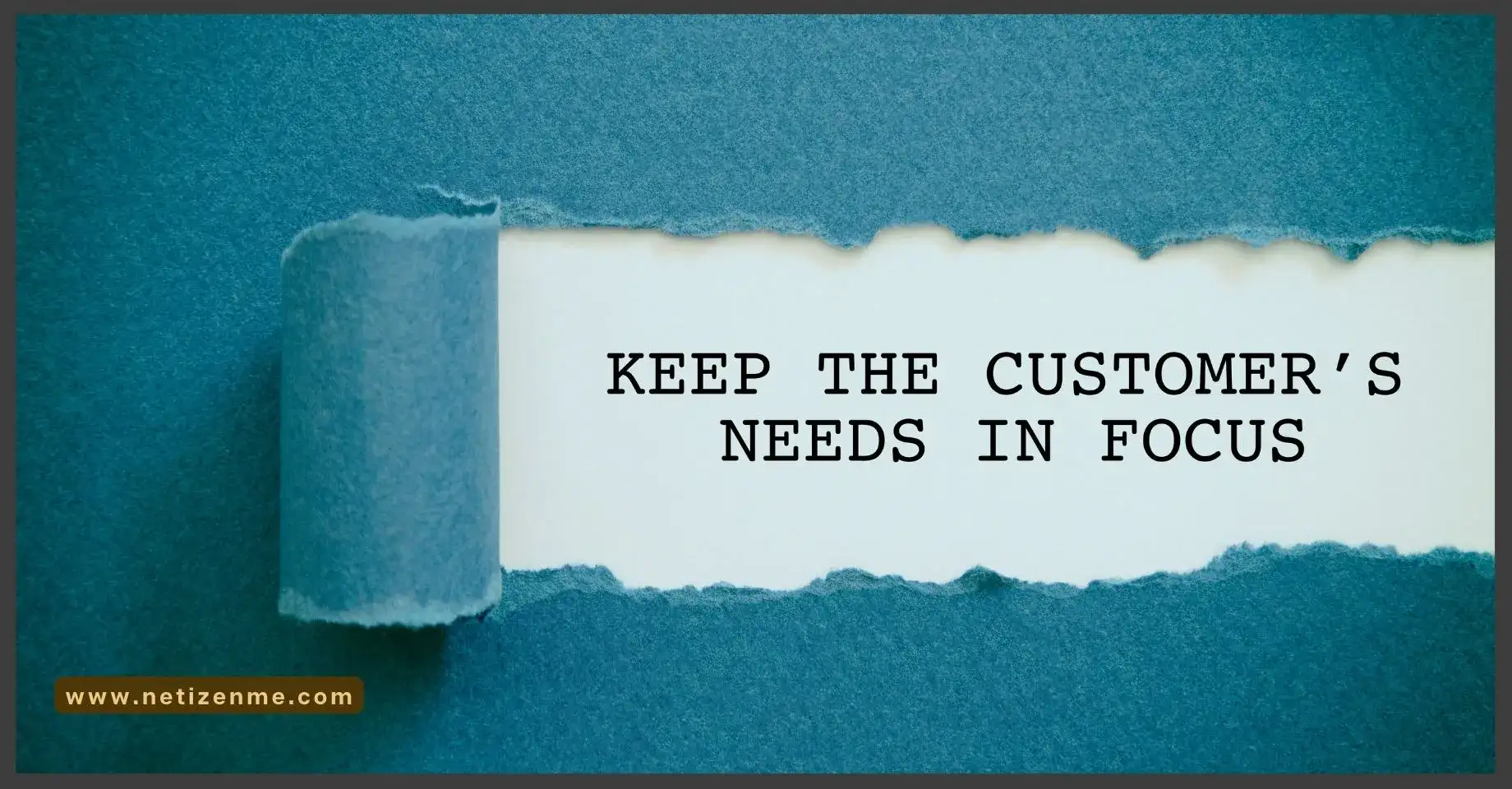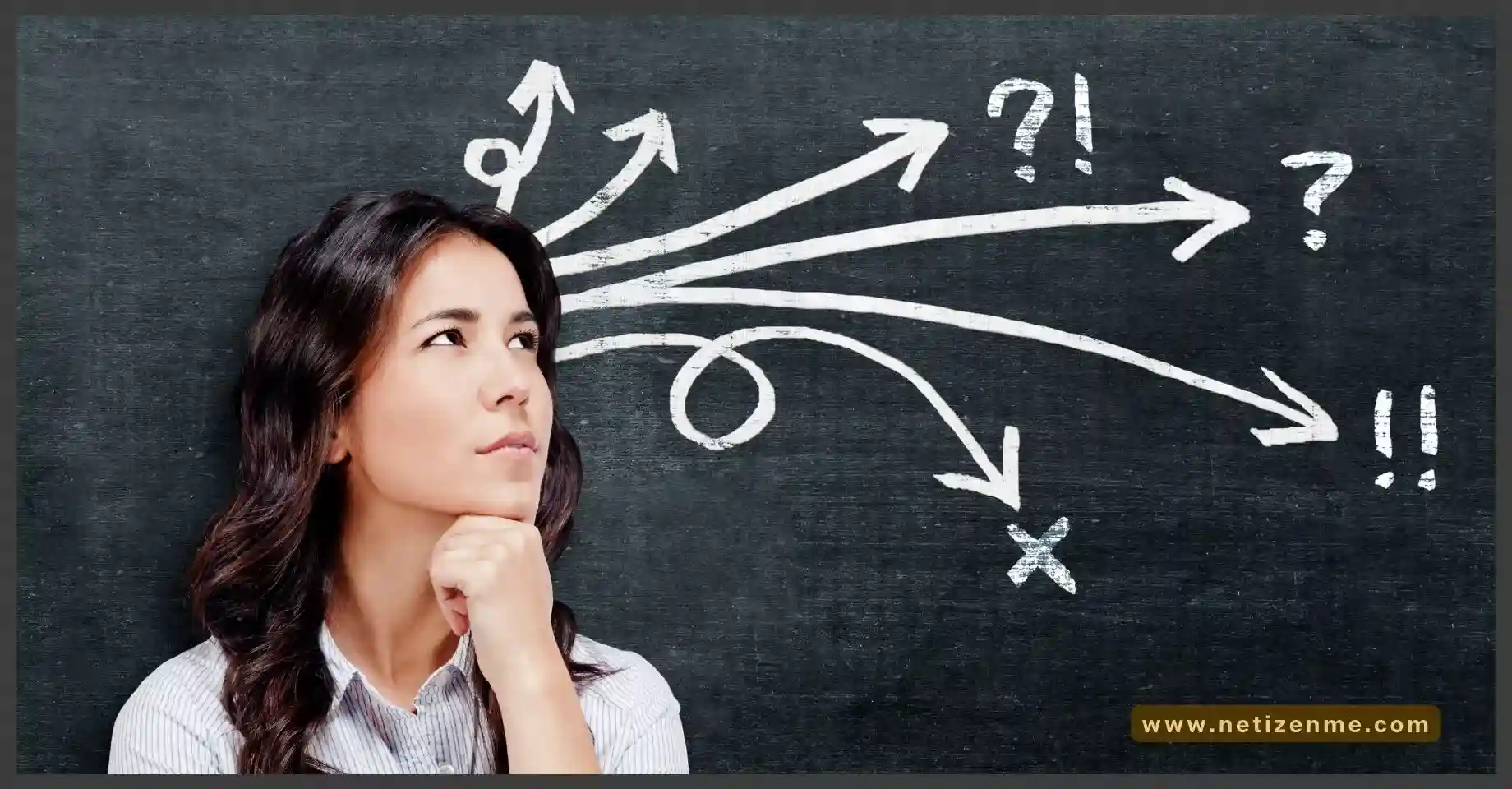
How Products and Services meet Maslow’s Needs
Human needs are infinite and constantly changing. Maslow’s hierarchy of needs states that the desire for the next level surfaces when one need is met. The hierarchy explains the connection between human needs and desires developed by Abraham Maslow, a social psychologist. It contends that people act to satisfy their unmet needs.
What are the 5 Maslow’s hierarchy categories?
Maslow’s hierarchy has five categories: physiological, safety, social, esteem, and self-actualization.
Physiological needs
Also known as basic human needs, “there are biological requirements for human survival including air, food, water, shelter, air, clothing, sleep, sex, and warmth” (Mcleod, 2020). The body cannot function optimally if these needs are not met.
Examples of products and services that physically satisfy survival needs include food, affordable housing, clean water, and clothing.
Safety needs
Safety or security needs take precedence after the physical needs have been satisfied. “People want to experience order, predictability, and control in their lives” (Mcleod, 2020). These needs include protection from violence and theft, freedom from fear, emotional stability and well-being, health security, and financial security.
Examples of products and services that satisfy these needs include insurance, immunization and vaccines, the police, medical care, and employment. When marketing such products, campaigns need to offer assurance that the company will protect its clients against such. For example, a security company can use quick response times in theft, robbery, or intrusion as a selling point.
Social needs
Social (love and belonging) needs to relate to human interaction, including the need for friendships and family bonds. The need to share and connect with others. Sources of social connection include professional clubs, religious groups, and social media, among others. Without these connections, people can be vulnerable to psychological difficulties such as anxiety and depression, impairing their ability to address physiological needs.
“Social media platforms like Facebook, Instagram, and Twitter provide a perfect platform for everyone to socialize (Shivangi, 2020)”. Using these platforms, “either consciously or unconsciously, you” ll feel a sense of belonging by partaking in this group mentality of social sharing” (Kang, 2013).
Companies that provide products and services that satisfy social needs seek to build brand communities that make customers feel like they belong to something. Examples of brands with solid communities include Harley Davidson, Starbucks, and Apple.
Esteem needs
Esteem needs are ego-driven needs. “Esteem is the desire to be recognized and rewarded for your achievements either internally or externally or even both. Personal and professional growth falls into this section of the pyramid” (Kang, 2013).” Maslow classified esteem needs into two categories: (i) esteem for oneself (dignity, achievement, mastery, independence) and (ii) the desire for reputation or respect from others (e.g., status, prestige)” (Kang, 2013).
Products and services that cater to these needs include luxury experiences, opportunities to master something, or gain recognition. More specific examples include luxury cars and watches. Companies offering these can appeal to esteem by positioning themselves as a symbol of a person’s status and something that people of a high-status use/have.
Self-actualization
Self-actualization, also referred to as self-fulfillment needs, describes fulfilling a person’s full potential. These include education, skill development—refining talents in music, athletics, design, cooking, traveling to new places, winning awards, starting a political career, and other broader goals.
“Online learning platforms like Udemy satisfy the self-actualization needs of the audience. They provide a wide range of courses for people to learn and achieve their full potential.” (Shivangi, 2020).
In summary, “the order of needs might be flexible based on external circumstances or individual differences” (Mcleod, 2020). Therefore, marketers must first understand the target market’s needs and wants and their unique circumstances to run successful campaigns.
Check the following reference articles to learn more about How Products and Services meet Maslow’s Needs.
- Kang, P. (2013, September 30). Maslow’s Hierarchy of Needs and Marketing. Trionic Media. (URL)
- Mcleod, S. (2020, December 29). Maslow’s Hierarchy of Needs. Simply Psychology. (URL)
- S., & Shivangi, V. A. P. B. (2020, August 30). Products/Brands that satisfy Maslow’s Hierarchy of Needs. Shivangi. (URL)
- 6 Top Tips for Creating a Home-Based Business

- A Few Reasons Why Small Businesses Fail!

- A Look At How Facebook Dealing With Public Criticism in a Business POV

This article is written by:
Our professional writers and editors are passionate about sharing high-quality information and insights with our audience. We conduct diligent research, maintain fact-checking protocols, and prioritize accuracy and integrity to the best of our capacity.
You can cite our articles under the author name "Netizenme"







